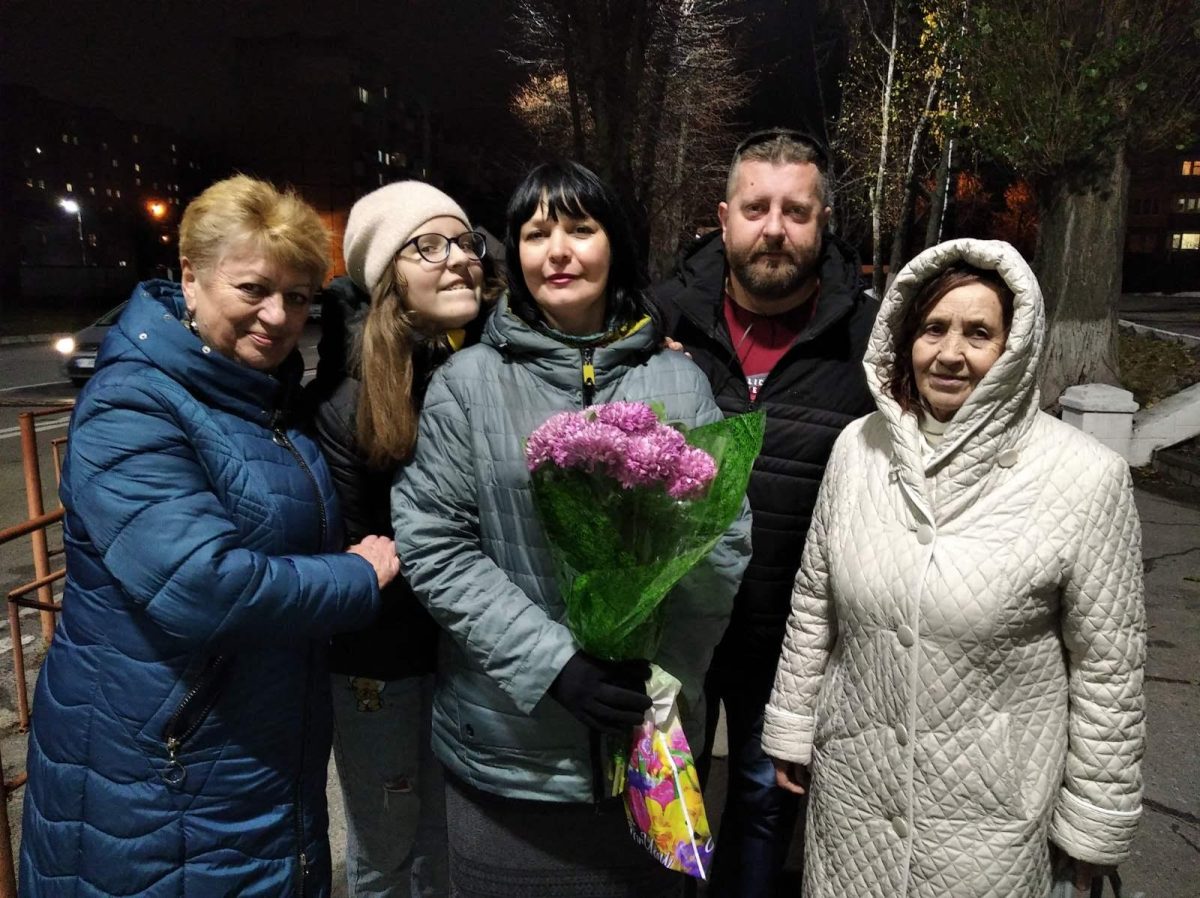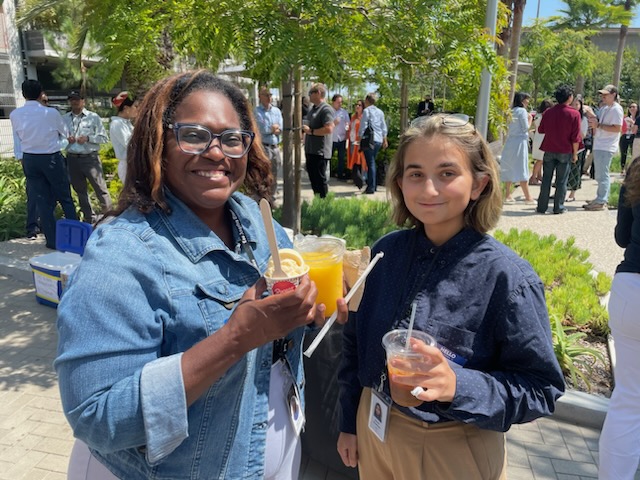
By Carlos Godoy:
At the airport, the search began for students who were wearing the same yellow t-shirt I was wearing. There was no luck until I boarded the plane. There, I met two of the 41 aspiring journalists I would be spending the next six days with at a journalism camp in Washington D.C.
This annual multicultural camp, JCamp, is run by the Asian American Journalists Association, and was held June 21 through June 26.
Not only would I be spending six days with top high school journalists, I would be meeting some of the top journalists in the country.
The first afternoon was calm at George Washington University. I met with all the other JCampers, whose backgrounds were very appealing. A few were from California, ranging from Van Nuys, Irvine, Cupertino and San Francisco. Some students work on their local newspaper or have had internships. Some just wanted to find out more about journalism.
At first, it was difficult to get to know other students well because our schedules were really tight.
A loud knock on the door woke me up the next morning. The newspaper, The Washington Post, had arrived. This marked the start of our daily news quizzes.
As I entered the hall for breakfast, the room was dead silent. Everyone was dressed in professional attire, submerged in the long columns of text and pictures along with large headlines about Edward Snowden.
We listened to three of the nation’s best: Susan Goldberg, Arnie Robbins and Mizell Stewart, who shared valuable tips on how to inspire those around us. We had GM’s East Coast group manager Kim Carpenter talk about how to keep our Facebook and Twitter clean for the job.
The first days, JCamp directors and faculty instilled a culture where we present ourselves to at least every speaker, be interested and ask a lot of questions.
It had been a while since I had had a fireside chat but it was made possible through Media Executive Joie Chen. We didn’t actually have a fire pit around us, but we did gather around to discuss the topic of diversity and how minorities will play a role in the newsrooms of the future.
Sunday was pouring with opportunities as well as rain. We ran over to CBS Studios for the taping of “Face the Nation.” We also faced the legend behind it all, Bob Schieffer.
It was up to this point I was about to participate in something I had never done before, making a broadcast package. It was time to put our knowledge to the test by covering a real story in the D.C. area with only three hours to make it happen. All was possible thanks to executive producer of Special Projects and Investigations, Caridad Hernandez, CBS4 Miami.
Keep in mind, however, we are dressed professionally. It had previously rained almost an inch and it is now 90 degrees.
I covered a story about a man who’d been tending to more than 1,000 flowers at Metro’s Dupont Circle Station. However, Metro officials were concerned with his actions, so they advised him to stop. I wasn’t able to find him, the “Phantom Planter,” as he only comes out during late nights when no one is around.
Monday came through fast, until we were taken back in time by Prof. Mark Goodman, Kent State University, to view different court cases regarding censorship.
I had a great talk with him as we took a field trip to Newseum, a long-desired place to visit. I didn’t realize how much I would gain from Goodman, even that he visited Daniel Pearl Magnet High School in early 2010 and met with The Pearl Post adviser Adriana Chavira. It was a rewarding feeling to have been able to hold a conversation with him.
Before heading back, we made a quick stop at Bloomberg News and learned the way they are the first in getting the news out to the public.
The rain had done with us again and cancelled our night out in Georgetown. At least this time it gave us a delicious treat. JCamp director Neal Justin, treated all 42 of us to an Indian cuisine dinner. I can now cross that off my bucket list.
Tuesday, the last day, approached with busy written all over it. We met journalism wonder women: NPR’s Michele Norris and PBS’s Gwen Ifill.
As the sun ran west through the sky we made our way into the Capital Hilton where the American Society of News Editors (ASNE) was holding a convention. U.S. Secretary of Education Arne Duncan talked about the Obama administration’s goals, challenges and achievements in education.
The time had come. I placed my name tag straight, fixed my shiny bow tie and popped my chest up. The room went vociferous in matter of seconds and I began talking to as many journalists as I could. Nervous? Not one bit. Ambitious? More than ever.
We didn’t want to say goodbye and as gift to all of our hard work and crammed schedules, the faculty organized a party. There was pizza, a karaoke equipped with a DJ but most importantly, the people I wanted to learn more about and remember.
There was no curfew that night. We learned so much about each other. I am truly going to miss them, but I know I’ll see them again when we become famous.
Our JCamp adventures and stories are posted on http://jcamplive.aaja.org/.







